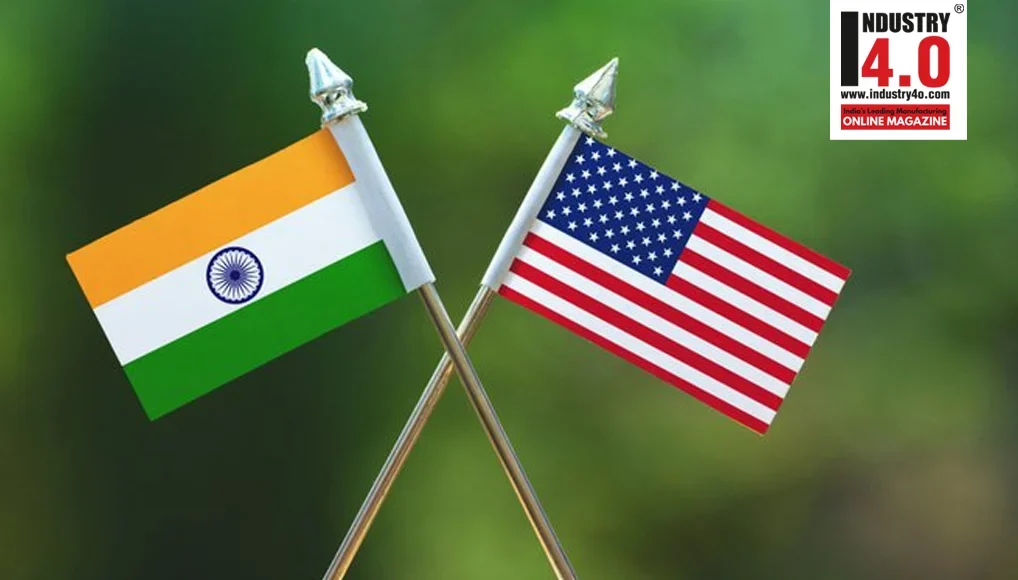Key Considerations for Successfully Breaking into the U.S. Market
Selling a new or relatively new product is never easy, and it becomes that much more difficult when you are trying to enter into a new country- especially the United States.
I have worked in technical sales for US-based manufacturers, but also have experience representing foreign manufacturers. In one case I was the national sales engineer for a Canadian manufacturer, and in a couple of other cases I was representing companies from the Mid-East region. Based on all of that, the following are some key points to consider (and try to overcome) when attempting to sell your (Indian) product into America:
- What works in India may not work in the US :
Assume in general that marketing and business practices that are working within India may not work or be the same in America. In general, you should assume that however long it took your firm to achieve “X” in sales or in profits in India – it will take twice as long to get to that point in the USA.
- For many buyers/users/distributors, there is an informal hierarchy of countries :
This is not always the case, but in my experience in selling across the USA, there is a general ranking of comfort level of people on companies based on where the product is being manufactured and imported from. It would look something like this:
- Canada
- Western Europe/ Australia
- Mexico & Japan/ S. Korea
- Other allies/ friendly countries
- China
- Countries with meager industry and/or countries which are not allies of the USA
Thus in India’s case, it would seem that there are some hurdles here to overcome- based on this informal list. I’m sure some readers have faced similar obstacles in their exporting attempts.
- Pricing your product- initially and for the first 1-2 years in the US :
In my assumption and from my experience if your product is the same price as what they are using now, but not clearly better, it will not sell. Same thing even if your product is 10% cheaper in price; most potential buyers will not take a chance on that. Generally, if it is at least 18% to 20% less, then many people will at least consider giving it a try. It is easy to prove price; it is much harder to prove that your product is considerably better than another.
- ISO 9001 is relevant, but it is not the perfect solution from a marketing standpoint :
If I were buying a product here, as an end-user or as a US distributor, I would certainly like to see that the Indian manufacturer has their ISO 9001/9002 certifications. There is a certain acceptance that an ISO company has been around for a while, and that they do take quality control and assurance seriously. If you have the ISO certification, you should certainly use that in your marketing. If you do not, you need to find another means of proving / showing your quality and your reputation.
- However possible, you need to be able to show evidence of your product in use and in place within the US :
This may mean actually giving away your product (for free) to 2-3 different “buyers”/users as essentially a US beta test. This is a win-win; the US company gets a quality product for no (or very minimal) upfront cost, and the Indian manufacturer with no prior history in the USA gets to then state and market (with case studies etc) that their product was used by “X” company, in Cleveland Ohio in some means or circumstance. In doing this, it will be much faster to show your track record in America. This track record will lead to further US sales.
- Be careful how exactly you go to market, and who in the US is representing you- and how ?
There are several ways, but for most Indian manufacturers it will not begin with them having a full time salesperson or office here in the US. In many cases you will try to find a person or an agency which are independent manufacturer representatives. The typical financial arrangement with this is based on commission only. When the representative sells your product, they will receive a predetermined % of the sale amount. That is great for the manufacturer (there is no real risk involved), but it is not so great for the sales representative who has to spend many hours and days in trying to create sales of a new product- all with no guarantees and no ongoing pay. This factor might often reduce the amount of time and effort an independent representative will give to your product and company.
Due to this, it may make more sense to either pay some nominal amount upfront, or possibly a retainer, or even a draw on future forecasted commission payments. This shows that the manufacturer has some risk they are taking and that they truly trust in the capabilities of the US representative.
- Create a USA-specific written marketing plan :
Don’t assume that your marketing plan within India can just be used as it is for the USA. Do the research and talk to numerous people on the ground in the US. Typically a well-conceived written marketing plan is always worth doing. It takes time and effort, but you either need to take that time upfront or you will find out the hard way afterwards or midway through a distribution deal.
India is #12 currently in countries importing goods into the USA, so there is certainly a decent baseline, and some US buyers are already buying or have bought from Indian manufacturers. However, there is still plenty of room for improvement. The US market is a huge market, yes- but with that comes an incredible amount of competition.
About the Author

The Author Mr. Ken Lambert is the PRESIDENT of the North American Association of Sales Engineers – NAASE ( https://sales-engineering.org ), and has many years of experience within technical sales and business development, including time spent importing and marketing from foreign manufacturers.
He can be contacted at : [email protected]









